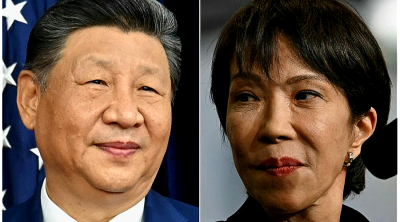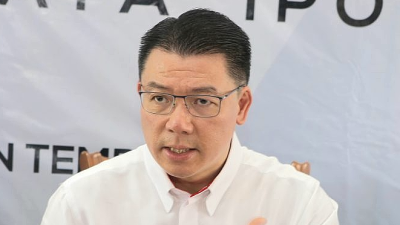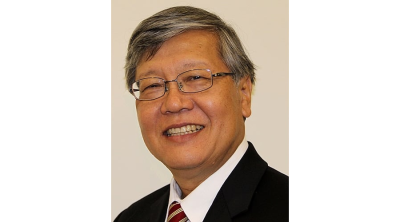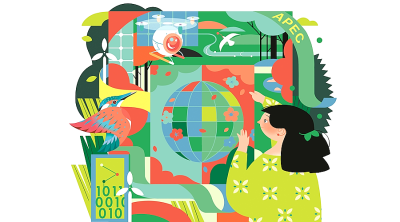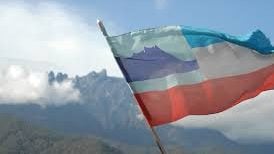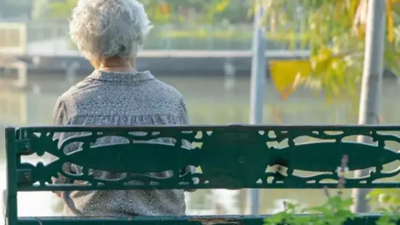SHANGHAI: Local Government Development Minister Nga Kor Ming, who is now in Shanghai, hopes to transplant the successful model of the sophisticated, fashionable and vibrant Chinese city’s urban regeneration to Malaysia over the next ten years.
Nga is currently on a week-long visit to Shanghai and Nanning, where he will attend the 20th China-ASEAN Expo and the China-ASEAN Ministerial Roundtable Meeting on Construction, from September 11 to 17.
On Tuesday, Nga paid a courtesy visit to Wang Weiren, Deputy Secretary of Shanghai’s municipal government.
He also visited the city’s Xintiandi urban renewal project and West Bund along Huangpu River.
On Wednesday, he visited Shanghai Landscaping & City Appearance Administrative Bureau, Shanghai Municipal Commission of Housing & Urban-Rural Development, and Shanghai Chengtou Laogang Base Management Co. Ltd., and had dialogues with their management.
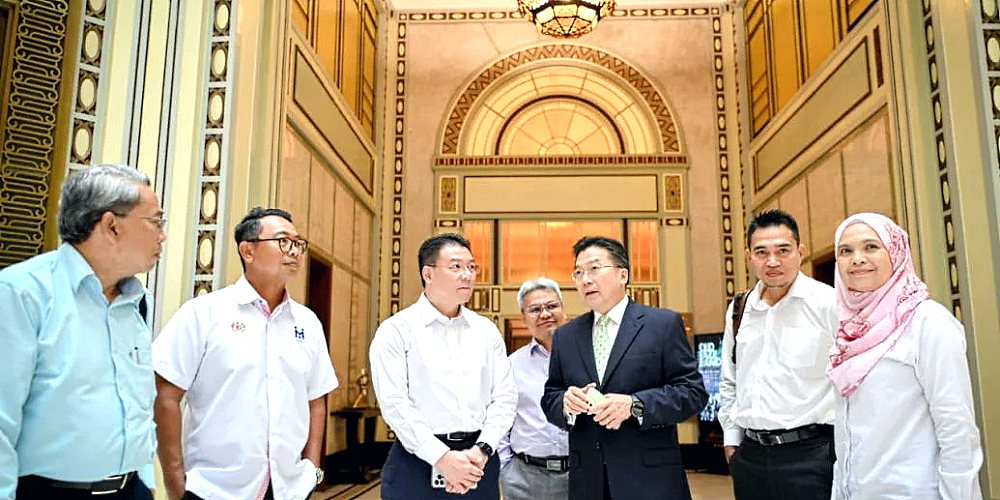
Sustainability a byword in Shanghai’s urban regeneration
Nga told Sin Chew Daily it was a rare opportunity to consolidate the friendship between Malaysia and China through this visit to Shanghai, the “Magic City of China.”
He said Shanghai’s urban regeneration experience should be emulated not just by Malaysia but the world over, including many developed countries, adding that the Chinese metropolis serves as a model for the resurgence of our own Klang Valley in coming years.
“Xintiandi was first launched in 1996 with the investment from a Hong Kong conglomerate. The project has breathed a new lease of life into Shanghai’s Old City, giving it a very unique characteristic unlike the rest of the country.
“The entire project evolves around three sustainability concepts that should be emulated by all future urban regeneration initiatives in Malaysia.
“The first is the sustainability of natural environment, where all development projects will merge seamlessly into the natural environment of the sites.
“The second is cultural sustainability, where the native local culture will be preserved and encouraged.
“And the third is the sustainability of economic and business development to ensure profitability of all businesses operating there.”
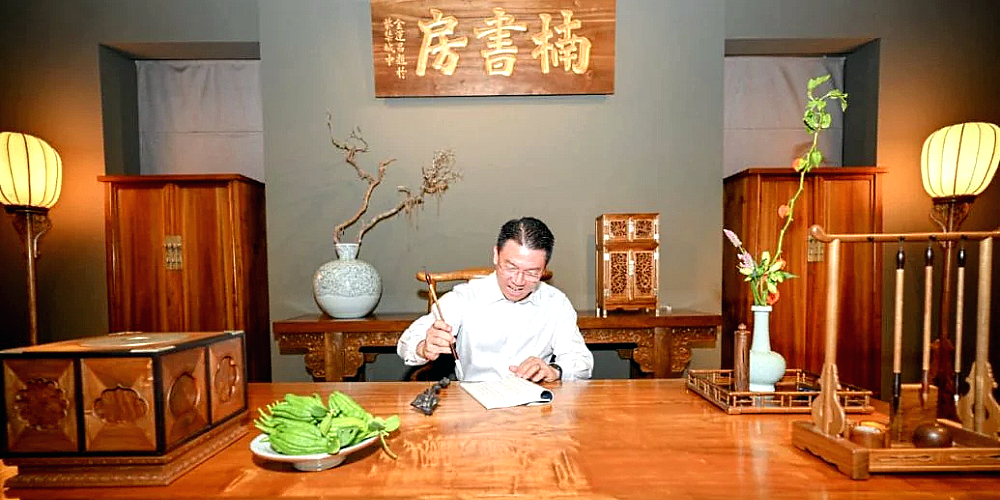
5C sustainable development strategy
Nga also said the Shanghai Municipal Government is also embracing a 5C sustainable development strategy.
“The first ‘C’ is ‘Community’. Sustainable healthy lifestyle will be implemented throughout the communities.
“The second ‘C’ is ‘Care’, where all the employees will be offered equal chances of full career development, while the most stringent workplace health and safety standards are enforced. This is to encourage diverse thinking and innovation among the employees, making them responsible constituents of society.
“The third ‘C’ is the local ‘Culture’, which will be inherited through the urban renewal initiative. Heritage buildings will be preserved and revitalized, a pool of local creative talents is created, international cultural exchanges are promoted, and community vibrancy is enhanced.
“The fourth ‘C’ is ‘Corporate Governance’ to inculcate the corporate culture of transparency and accountability.
“The last ‘C’ is ‘Clean Environment’ with the ultimate goal of achieving zero emission to mitigate the drastic changes caused by climate change.
“These five C’s are their five pillars of urban redevelopment and they collectively constitute a vital core strategy.
“These five C’s and three sustainability strategies have spawned Xintiandi, a totally refreshing model of urban renewal.

West Bund smart city
“Another successful instance that we have witnessed is the 21,185-acre West Bund touted as the biggest urban renewal project in the entire world which has made Shanghai the world’s biggest smart city.
“The 20-year West Bund development program started in 2007 and will go on until 2027, turning the entire precinct into a very forward-looking new metropolis which we can absolutely adopt as a model of success.”
Nga said the West Bund redevelopment has not only created a 45 km riverside walkway, a wholesome leisurely lifestyle, but will also boast another 45 km of cycle paths.
“This is a one-of-its-kind development in the world, and Malaysia can absolutely emulate and adopt such a model of development.
“Another thing that interests me is that it divides the whole mega project into six different zones, namely Shanghai International Financial Zone, Cultural Zone, Media Zone, AI Zone, Arts Zone, and New Energy Zone.
As a matter of fact, Nga said these six zones are all key areas Malaysia will dive into as the country aspires to become a fully developed nation in near future, and they are consistent with the new growth areas identified by the government in the recently unveiled 12th Malaysia Plan Mid-Term Review.
ADVERTISEMENT
ADVERTISEMENT







